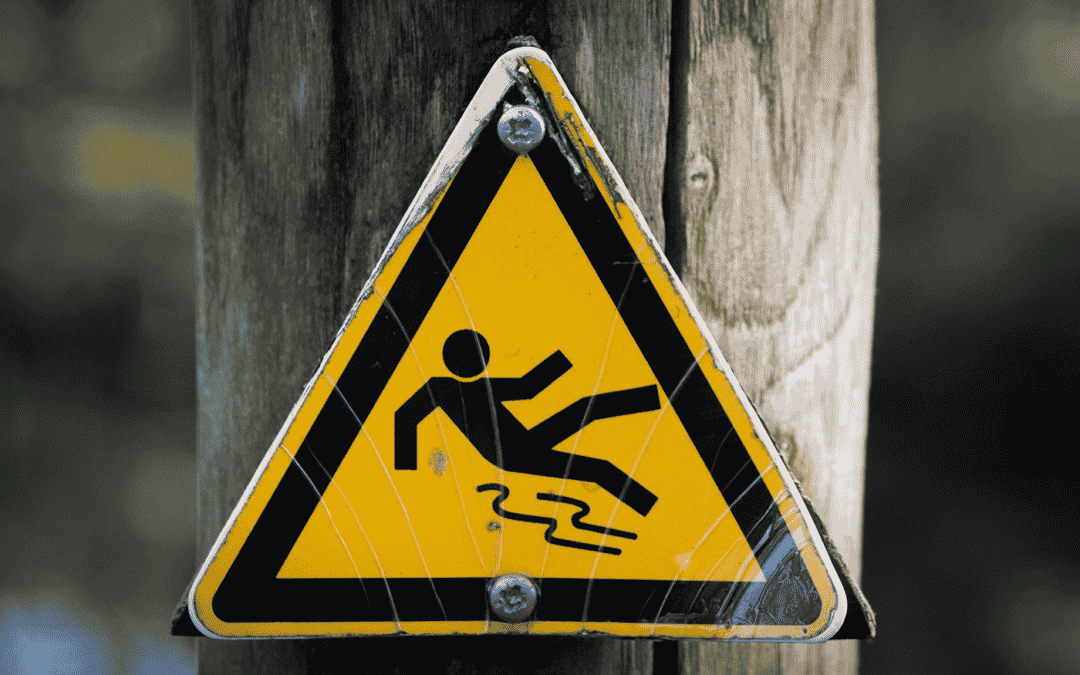When it comes to personal injury cases, especially those involving “slip and fall” injuries, there are some cases that are easier to prove than others. That is why you need an experienced Las Vegas personal injury attorney to help you understand if you have a strong claim to make. That being said, let’s take a look at a few common slip and fall scenarios that make strong cases. Where do they happen? What should have been done to prevent the injury? And who can be held liable for the slip and fall injury?
Wet Floors
Scenario: You visit a retail store where an employee has just finished mopping up a spill. While the employee was walking to the back to grab the “caution: wet” sign, you walk in and slip on the wet floor. As a result, you bruise your tailbone.
Why does this make a strong case? When you visit a private property, there is an expectation that the owners and managers of the property will take the necessary steps to maintain a safe environment. This includes wet floors that are slick either from mopping, rainfall, or spillage. Because there was no “caution: wet” sign to alert you of the slippery floor, there is no way that you could have known that you were about to step on wet ground. This is generally enough to point to negligence on behalf of management to alert guests of a slipping hazard. Additionally, it is highly likely that a retail store will have security cameras that would capture the incident which makes for strong evidence.
Missing Hardware and Rails
Scenario: You visit a music venue for a concert that you have standing room tickets to. As you walk into the venue there are three small steps down into the general admission area. Unfortunately, there are no handrails to hold on to as you descend and as a result, you fall and hurt yourself.
Why does this make a strong case? A business should have hardware and rails in place to make their venue safe and handicap accessible. Failure to do so could create a tripping hazard and if proven to be the result of negligence, the venue would be at fault for any injuries that result.
Damaged and Uneven Floors
Scenario: Imagine that you walk into a restaurant and as you make your way to the table, you stumble and trip on the uneven floor. In this scenario, the uneven floor could be a lifted tile or a warped floorboard. In either case, you were expecting the floor to be level but now as a result you have suffered serious injuries.
Why does this make a strong case? Much in the same way that an establishment has an obligation to maintain a safe and clean environment for their guests, they have an obligation to address any hazard that could lead to tripping. If the floor was damaged in any way which resulted in the ground being uneven, the establishment would be liable for negligence resulting in bodily harm.

